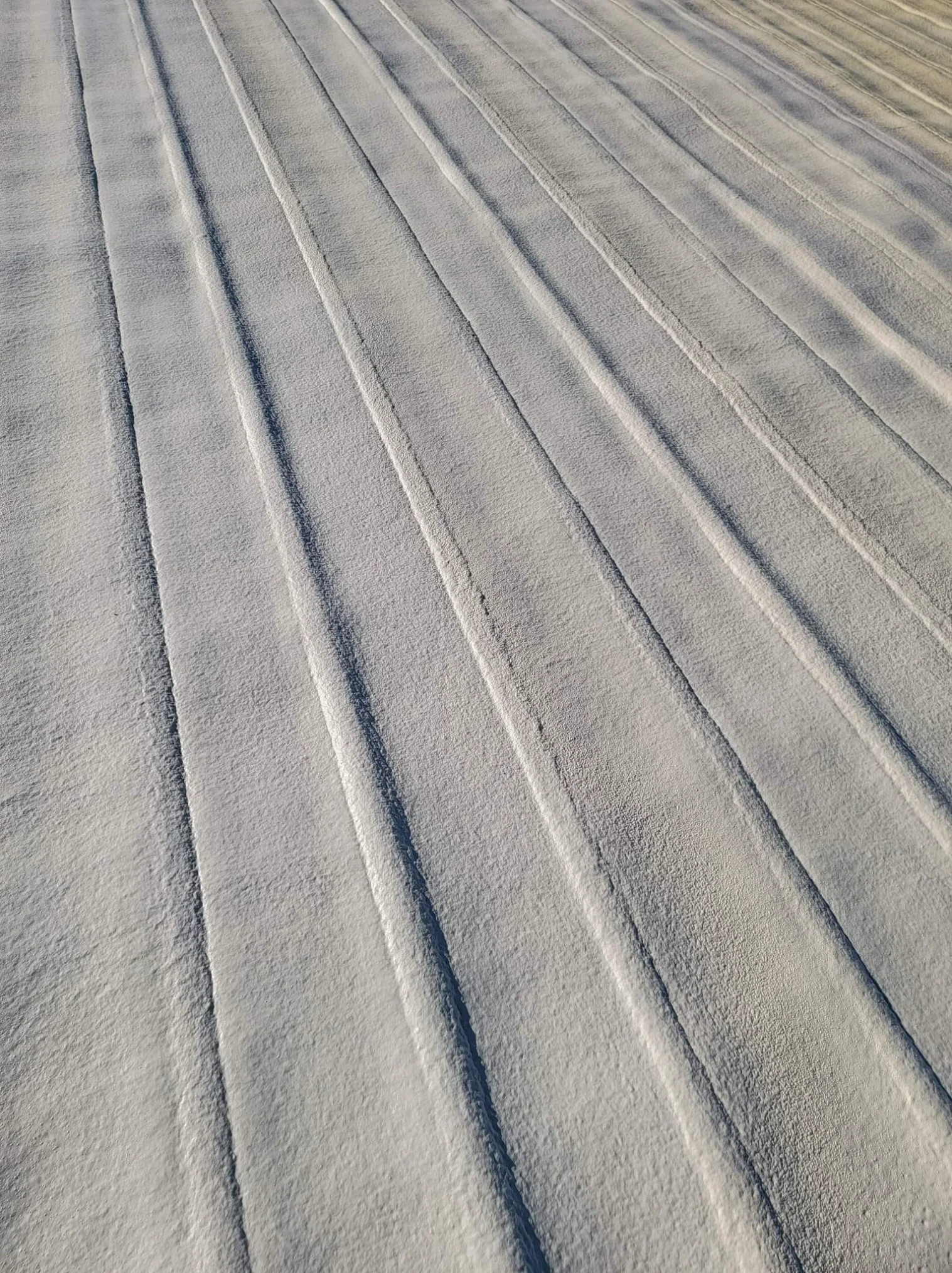
Roof insulation reduces unwanted heat transfer, improving indoor temperature control across seasonal extremes. In hot climates, it minimizes heat gain from solar exposure. In cold climates, it prevents indoor heat loss. Both functions reduce strain on HVAC systems, lower energy bills, and improve year-round comfort. The type of insulation and its installation method must match climate demands and roof structure.
D&D Insulation LLC brings first-hand field knowledge from working in a range of Texas climates. Installations are guided by measured R-values, material compatibility, and moisture control needs, ensuring insulation performs as required by building codes and client expectations.
Thermal movement behaves differently based on seasonal direction. Roof insulation must adapt to both heat blocking and retention depending on the environment. Below is a comparison of key roles in varying climates:
| Function | Hot Climates | Cold Climates |
|---|---|---|
| Primary Heat Flow Direction | Heat enters from above | Heat escapes from interior upward |
| Insulation Goal | Block incoming solar radiation | Trap rising indoor heat |
| HVAC Impact | Less cooling load | Less heating load |
| Best Performance Metrics | Low emissivity, thermal reflectivity | High R-value and thermal resistance |
| Material Consideration | Reflective coatings, closed-cell spray | Fiberglass, open-cell or batt options |
| Insulation Type | Typical R-Value per Inch | Air Barrier | Vapor Barrier | Suitability by Climate |
|---|---|---|---|---|
| Open Cell Spray Foam | R-3.5 to R-3.8 | Yes | No | Moderate/humid climates |
| Closed Cell Spray Foam | R-6 to R-7 | Yes | Yes | Hot/humid or cold zones |
| Fiberglass Batt | R-2.9 to R-3.8 | No | No | Dry, cold climates |
| Loose Fill Fiberglass | R-2.2 to R-2.9 | No | No | Attics, retrofits |
| Spray Foam Roof Systems | R-6+ | Yes | Yes | Versatile, all climates |

Hot, humid summers across East and Central Texas require insulation to resist radiant heat and moisture absorption. Closed-cell spray foam and reflective coatings reduce heat penetration while controlling vapor transfer.
In North Texas, winter lows demand stronger thermal resistance. Fiberglass batt or layered open-cell foam is effective when used in vented roof assemblies. In rural areas, mixed climates make hybrid systems ideal — such as closed-cell spray foam under decking combined with blown fiberglass over attic floors.
Bonus Tip: In areas with both high heat and moisture, avoid relying solely on fiberglass without a vapor barrier. This can lead to condensation issues in roof cavities.
Bonus Tip: Always verify insulation compatibility with roofing material (e.g., metal vs asphalt shingle) to avoid performance issues.
D&D Insulation LLC provides specialized solutions for roof thermal control:
Closed-cell spray foam blocks radiant heat and resists moisture, making it ideal for prolonged high-temperature exposure.
Yes, hybrid systems often outperform single-material options. For example, foam for air sealing and fiberglass for added depth.
Typically over 20 years when applied correctly, with minimal performance degradation.
Not always. In sealed attic designs, insulation replaces traditional venting, but must meet code.
For informed choices based on direct installation experience, contact D&D Insulation LLC. Our team works with proven materials suited to Texas climate zones and roof systems.
Email: [email protected]
Phone: (903) 389-5705
Insulation reduces thermal transfer, allowing HVAC systems to maintain indoor temperatures with less effort and energy consumption.
Yes. Roof insulation faces more direct sun exposure and wider temperature swings, requiring different R-values and moisture resistance.
Improper installation, compression, moisture intrusion, and using the wrong type for the climate all lead to reduced effectiveness.
Open-cell foam and fiberglass reduce airborne sound transmission through roof assemblies.
At least every 3-5 years, or after major roof repairs or severe weather events.